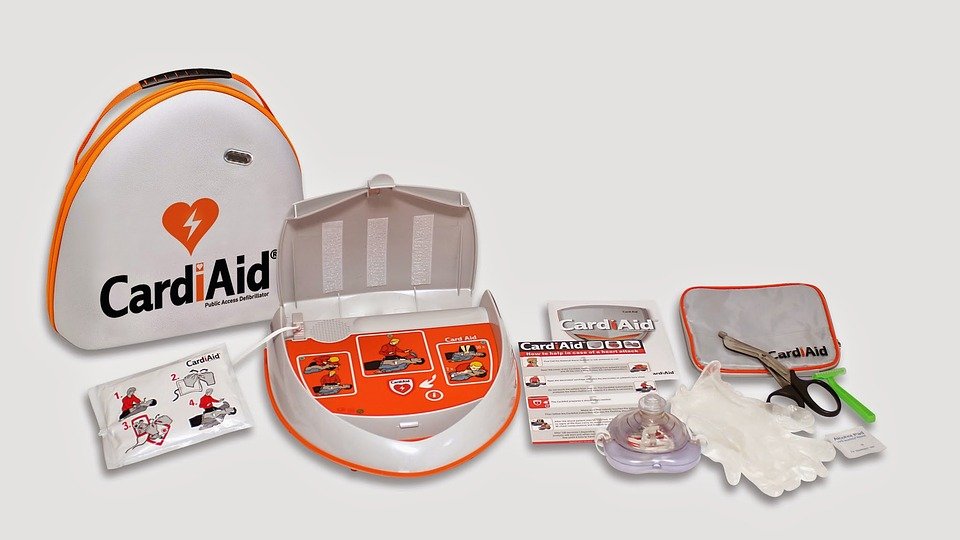Cardiopulmonary Resuscitation (CPR) is a common practice to help people experiencing a cardiac or breathing emergency. In the time of panic, even trained professionals can find it hard to remember the CPR steps. The purpose of CPR is to keep the suffering person’s blood flowing till professional help arrives. You don’t have to be a qualified nurse or doctor to perform CPR; it can be done by any individual who knows the necessary steps.
Let’s take a look at the step by step process to achieve effective CPR.
1. Call 911
The first and foremost thing to do when you see someone going through a cardiac emergency is to call 911. If you help out the person suffering, then scream for help and ask a bystander to call 911. It may take a while for the professional service to arrive at the spot, so look for an automated external defibrillator (AED) or ask the people around to help.
2. Place your hand on the chest
Firstly, make sure the patient is lying down flat on their back. Get on the side and kneel beside the patient and place your hands on the center of their chest.
3. Interlock fingers for a proper grip
Cover one hand with the other and interlock your finger. Make sure the bottom hand’s heel is placed right in the center of the chest. The interlocking of the fingers provides a better grip and helps in applying more pressure.
4. Chest compression
Place your hands firmly on the chest, and keep your hands straight, and then gently but deeply press the chest down about 2 inches, and then release the pressure and let the chest come back up. Don’t move your hands from that position and repeat the process a few times.
5. Open the airway
Move to the side and tilt the patient’s head backward and lift the chin to let air pass by. Open the mouth slightly and check if the patient can breathe.
6. Start rescue breaths
Start by pinching the patient’s nose and pull their chin down. Once the mouth is open, take a deep breath and put your mouth over the patient’s mouth and blow till you can see the chest rise.
7. Repeat step 4 & 6
Repeat and continue applying pressure to the chest, perform at least 30 chest compressions followed by a few rescue breaths. Continue these cycles till you see any improvement or till professional help arrives.
You never know when you might have to save someone’s life. If you don’t know about CPR, you can take the Emergency First Aid with CPR/AED course with Metro Safety Training and save a life. Metro Safety Training offers a variety of first aid training courses. Contact us now to learn the basics of first aid.







